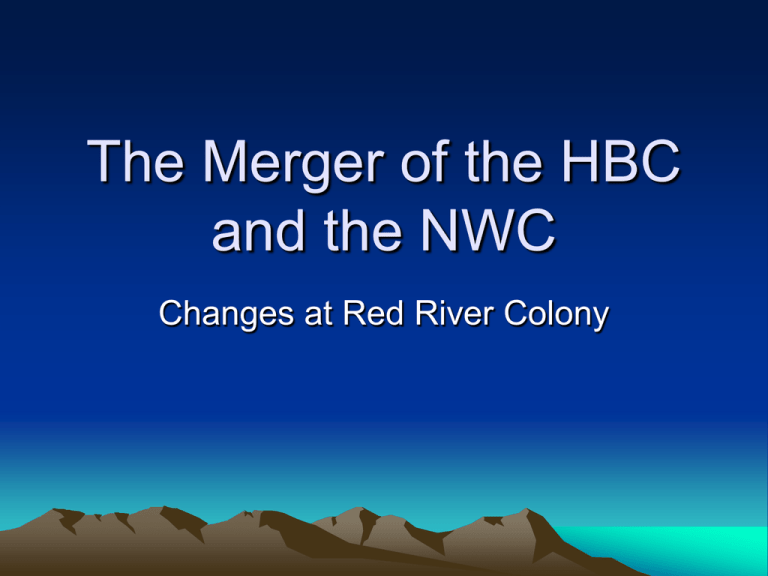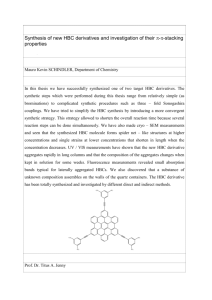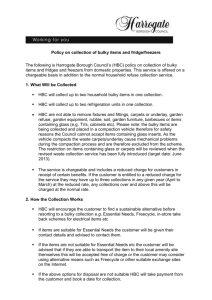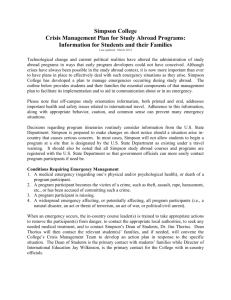HBC & NWC Merger: Changes at Red River Colony
advertisement

The Merger of the HBC and the NWC Changes at Red River Colony • By 1820 both HBC and NWC were suffering financially • Fur resources were declining • Profits were shrinking Merger • • • • • In 1821, the companies joined together There were 100 shares in the company The HBC controlled 45 shares The NWC controlled 55 shares The Company was called the Hudson’s Bay Company Benefits • Great Britain gave the new company control over Rupert’s Land • It extended the monopoly to west of the Rocky Mountains • The company controlled over half modern Canada HBC Maintains Power • Even though the NWC had more shares in the company the HBC maintained control. • The old HBC trading routes were used because they were cheaper • By 1825, the NWC partners sold their shares back to the HBC Native Peoples • The company reduced the number of its European employees after the merger • They relied on the Native people as: • • • • • Guides Trappers Translators Map makers Canoe builders • Native women worked at the post • Gardening • Tending Livestock • Chopping Wood • If pemmican was not available the HBC relied on the Native people to provide meat for the posts. A New Boss: George Simpson • George Simpson became Governor of the Northwest Department • Dynamic and an experienced manager • Spent 40 years traveling across Rupert’s Land visiting trading posts The Little Emperor • Autocratic leader • High standards • Arrived at the post without warning Frances Simpson • 18 year old wife of George Simpson • Simpson was also married to a native woman in Red River • Simpson’s Red River Family was shipped away from the post before Frances arrived Anti-social Simpson’s • Mrs. Simpson refused to socialize with the Metis wives at the post • The Simpson’s were isolated from the community • It was lonely and George Simpson started writing down all of the faults of his employees in his “character” book • The Simpsons left Red River in 1832 • They later settled in Montreal • George Simpson died in 1860.











